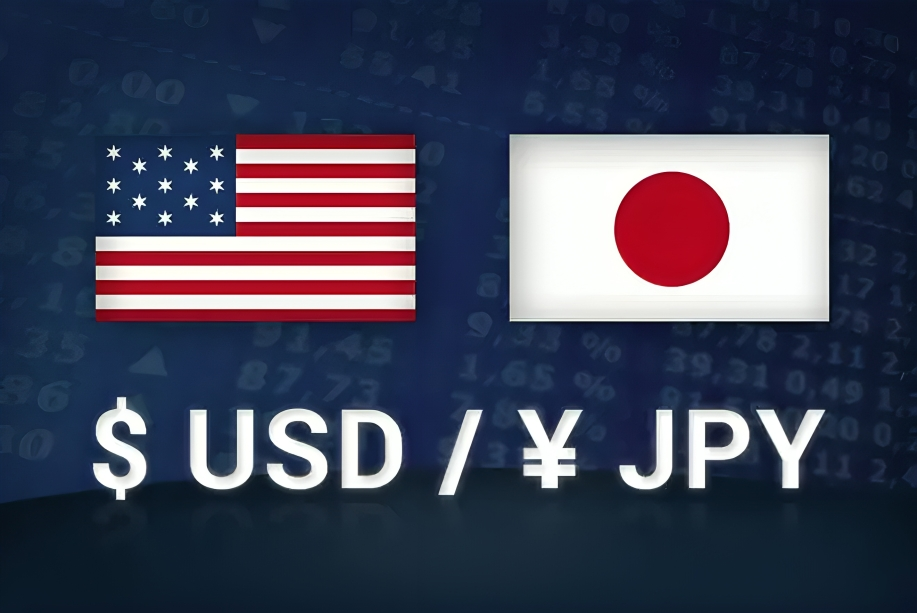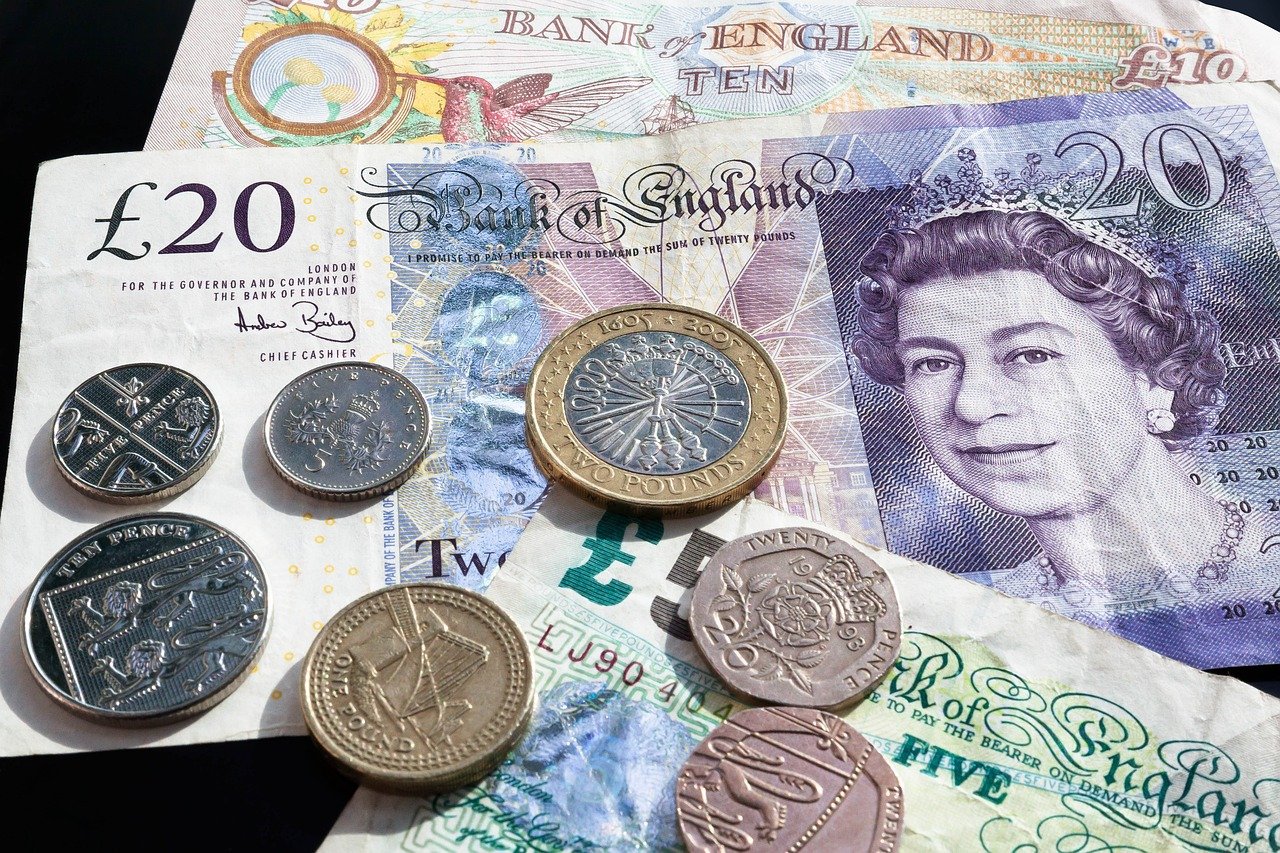EUR/USD has slid to almost 1.0370 as low inflation data in six German states increases the prospects for further ECB easing. ECB President Christine Lagarde expressed confidence that inflation can be controlled, and the possibility of future rate cuts remains open. Meanwhile, former U.S. President Donald Trump’s threat to impose 100% tariffs on BRICS nations and 25% on Mexico and Canada has made the U.S. Dollar strong, putting additional pressure on EUR/USD to move downwards. The Fed decision to hold interest rates steady and the release of U.S. PCE inflation data will determine market sentiment going forward. Major support lies at 1.0266 and 1.0177 while resistance lies at 1.0630.
KEY LOOKOUTS
• Soft inflation in six German states raises expectations of further ECB rate cuts, weakening the Euro and pressuring EUR/USD downward.
• Donald Trump’s proposed 100% tariffs on BRICS and 25% on Mexico and Canada boost USD strength, adding bearish momentum to EUR/USD.
• The Fed’s decision to maintain interest rates signals a cautious approach, awaiting inflation and labor market changes before considering policy shifts.
• The upcoming U.S. core PCE inflation report will guide the next move for the USD, influencing EUR/USD’s direction in the near term.
EUR/USD remains under pressure as multiple factors drive market sentiment. The Euro weakened after softer-than-expected inflation data from six German states reinforced expectations of further ECB rate cuts. Meanwhile, former U.S. President Donald Trump’s aggressive tariff threats against BRICS, Mexico, and Canada have strengthened the U.S. The Euro is not so attractive compared to the Dollar. The decision by the Federal Reserve to hold the interest rate steady, expecting stronger inflation signals or labor market weakness, continues to support the Greenback. Investors are watching closely for U.S. core PCE inflation data, which will determine the next major move for EUR/USD.
EUR/USD continues to slide as weak German inflation data further fuels ECB rate cut expectations while Trump’s tariff threats boost the U.S. Dollar’s strength. The cautious Fed and next week’s U.S. core PCE inflation data will play a key role in determining where the pair will go next.
• The pair has slid down to near 1.0370 as weak German inflation data fuels expectations of ECB rate cuts.
• Softer-than-expected CPI data from six German states signals easing price pressures, supporting ECB’s dovish stance.
• Donald Trump’s proposed 100% tariffs on BRICS and 25% on Mexico and Canada strengthen the U.S. Dollar, adding downward pressure on EUR/USD.
• Christine Lagarde emphasized a cautious approach, keeping the door open for further rate cuts as inflation nears the 2% target.
• The Federal Reserve has maintained interest rates unchanged, awaiting stronger inflation signals or changes in the labor market before adjusting.
• The U.S. Dollar Index (DXY) remains strong at around 108.20, which is limiting EUR/USD’s attempts to recover.
• Traders are waiting for the U.S. core PCE inflation report, which may fuel further movements in EUR/USD.
EUR/USD remains under selling pressure, dropping to around 1.0370 as lower-than-forecast inflation in six German states strengthens the case for more ECB rate cuts. ECB President Christine Lagarde’s latest statements indicate that she is optimistic about taming inflation but still leaves room for future easing. With inflation in the Eurozone easing, the central bank could become more accommodative in the near term. Former U.S. President Donald Trump has taken the threats against BRICS countries to placing 100% tariffs on them and 25% on Mexico and Canada, which makes the U.S. Dollar a better safe-haven asset in a time of increased world uncertainty.
EUR/USD Daily Chart

TradingView Prepared by ELLYANA
The new decisions taken from the Federal Reserve after the interest rates remained unchanged help boost the U.S. Dollar’s strength would continue as the central bank remains in a wait-and-watch mode until they see clear signs of inflation or labor market shifts. Market participants are awaiting the next U.S. core PCE inflation data, which may be crucial to determine EUR/USD’s future moves. Stronger-than-expected inflation reading may strengthen the Fed’s higher-for-longer stance, pushing the U.S. dollar higher and keeping pressures on the Euro. On the technical front, EUR/USD faces key support at 1.0266 and resistance at 1.0630, which will determine a volatile trading session in the next hours of the session.
TECHNICAL ANALYSIS
EUR/USD has maintained bearish pressure and remains below the 20-day Exponential Moving Average (EMA) at 1.0390, though just barely above the 50-day EMA at 1.0449. This pair fails to maintain a recovery; selling interest continues, and supports are found on the downside at 1.0266 – the low for January 20 – and at 1.0177 – the low for January 13. The upside is capped by the high on December 6 at 1.0630. The RSI is under 60 in the 14-day measure; the recovery attempt was weak. Failure by EUR/USD to reiterate the uptrend above 1.0449 will increase prospects for a fall towards 1.0200.
FORECAST
Upward EUR/USD could be regained if future releases of the country’s HICP in Eurozone and the U.S core PCE inflation are beyond anticipations. Improved inflation data may ease concerns on the possibility of aggressive cuts on ECB’s rate, thereby, increasing demand for the Euro currency. The second aspect is if the Federal Reserve gives signals about being concerned about slowing economic growth or a softening labor market. This might weaken the U.S. Dollar and support a rebound in EUR/USD. Technically, if the price breaks above the 50-day EMA at 1.0449, renewed bullish momentum is expected. Next resistance levels would be around 1.0500 and 1.0630. Continued buying above these levels would drive the pair towards 1.0700 in the short term.
Weak German inflation data, along with dovish tone of ECB, are on the other side weighing sentiment, so EUR/USD is vulnerable. The U.S. Dollar might take more strength, if the inflation data of U.S. also comes out to be strong enough, strengthening Fed’s higher-for-longer interest rate stance. A failure to stay above the 1.0370 level may open the door for further losses, with key support at 1.0266, then the January 13 low of 1.0177. A break below these levels could trigger a deeper fall toward the psychological level of 1.0100, making the bears in the market even more bullish.







